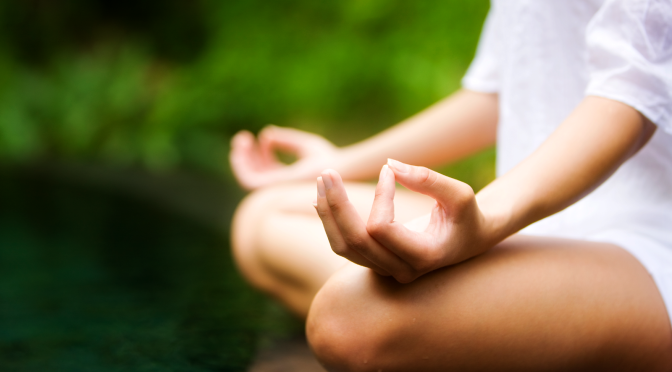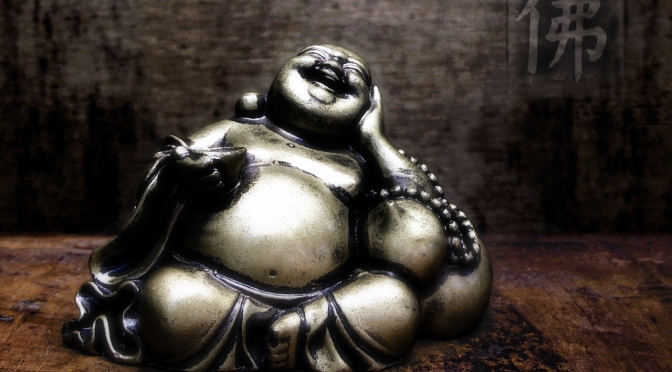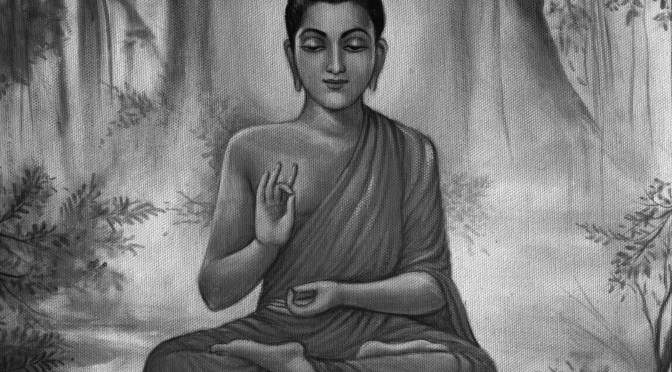Hello Everyone!
I am so sorry that I have not been blogging lately. Since I went to the hospital ER / got fired from my job, life has thrown some strange things at me. I went in November 11 and got my gallbladder removed. This was my first time going under and being put to sleep. I was horrified to say the least. I though, and a simple and not super painful procedure that removed my faulty evil little gallbladder.
Other than having the surgery to remove said organ, I have really been thinking and meditating on the thought of my health, and on my life in general. I am not happy whatsoever with how my life is right now. I am not saying that my life sucks or anything like that. I am however saying that to me my life should be more than what it has been. So I have come to come conclusion and crossroads in my life:
- The Removal Of Toxins
I am not talking of literal toxins, atleast not completely. I am talking about the removal of toxins such as certain people, certain ideas (mentalities.) I am speaking of the way I have viewed my self, and my life until this point. Now on the the ‘not completely’ part. I got to where I was with my gallbladder due to the things I put inside my body. I am now going to be more conscious of this. This does not mean I am going to go down the vegetarian or vegan diet lifestyle road. It does though mean I am going to eat more healthy, I am going to look more into what chemicals are put into the things I once ate. I am going to detox my body. - The Removal Of Self Blame / Self Hate
Now for me, this one will be hard, as I do suffer from emotional illnesses that do hender my emotional wellbeing, and how my emotions works. However I am not going to let that stop me. I know how my illnesses work, and I am going to fight them head on, and not allow them to over take me with self blame and self hate. If I belittle myself continuously it’s going to do nothing for my health. It’s going to be times like this where I replace, “You’re an idiot, why would you do that’ with ‘ You messed up this time, but just be mindful of that and continue on improving.’ - Taking back my life, and not becoming discouraged.
I want to go to college for human services, with a minor or what-have-you in a passion of mine, most likely being something pertaining to film and photography. I want to do something in the human services field, as I feel like I would be able to help people, with my story, and with my personal experience. - Spirituality and Church
I truly have found a family in the UU Congregation I am apart of. So much in fact, this coming Sunday I am going to talk to our minister about becoming a member. They have helped me more than they will ever know with finding a place to call a spiritual home. As I am a Buddhist, and cannot go to just any church to find that family space. The emotions I have felt and the family some of the people there have become is something that I know will help me move forward from this point. I have been a Buddhist almost a year now and I see many things improving with my spiritual wellbeing, I want to continue this, I want to continue my studies of the Buddha’s teachings. I have even shared interest into possibly giving a sermon or two at church, or at least being a worship associate. - Employment, and Never looking back.
As I previously posted about I recently lost my job that I got earlier back in April. This was my first job in over two years since I was fired from my last. I am no longer looking back at previous employment, terminations, negative experiences. I am only going to move on from this point. I am going to move on and look for a job that I will be happy or at least happy for the most part at.
Finally I just want to thank my readers on here for sticking with me over the past couple weeks, posting will start back up regularly again, as I am almost healed from surgery.




